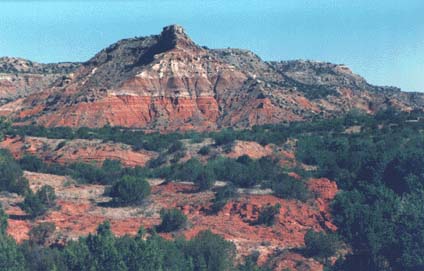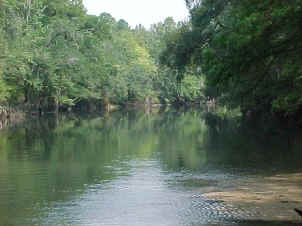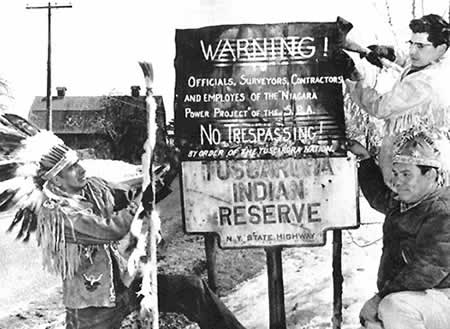|
|
Canku Ota |
|
|
(Many Paths) |
||
|
An Online Newsletter Celebrating Native America |
||
|
February 23 , 2002 - Issue 55 |
||
|
|
||
|
This Date In |
||
|
North American Indian History |
||
|
from On This Date in North American Indian History at http://americanindian.net |
||
| Feb. 23, 1540: | According to some sources, the Coronado expedition begins preparations to get underway. |
|
|
|
| Feb. 24, 1897: | Api-kai-ees (Deerfoot) is a Siksika (Blackfeet) man known for his ability as a long distance runner. He is well known in the Calgary area where a local freeway bears his name. He dies today. |
|
|
|
 Palo Duro Canyon, near Amarillo, Texas |
|
| Feb. 25, 1875: | After the battle of Palo Duro Canyon, Lone Wolf, and his followers, head across the plains. But after a relentless search by the Army, on this date Lone Wolf, and 252 Kiowas, finally surrendered at Fort Sill, in south-central Oklahoma. Lone Wolf eventually is sent as a prisoner-of-war to Fort Marion, in St.Augustine, Florida. |
|
|
|
| Feb. 26, 1860: | The Wiyots lived on the upper California coast between the Little River and the Bear River. An annual ceremony lasting over a week is held in the village of Tutulwat on an island in the river in what is now Eureka, California. By Wiyot tradition, everyone is welcome at the ceremony, including whites. Tonight after the ceremonies are finished, a group of men from Eureka sneak into the village and attack the participants. Several other nearby villages are also attacked. An estimated eighty to 100 Indians are killed in the sneak attack. An annual vigil is now held on a nearby island to commemorate the event. |
|
|
|
| Feb. 27, 1973: | The siege of Wounded Knee begins. It lasts until May 8, 1973. |
|
|
|
|
|
|
| Feb. 28, 1675: | The Mission Santa Cruz de Sabacola El Menor is dedicated. The mission is for the Sawoklis Indians on the Apalachicola River. |
|
|
|
| Mar. 1, 1851: |
Today, Governor McDougal, of California, will write to the President stating there are over 100,000 hostile Indians in California. He will inform the President that an uprising is going on. This information is false, and the Governor never specifies who's revolting or where the uprising are located. He requests permission to call out the militia as U.S. troops |
|
|
|
| Mar. 2, 1989: | The NAVAJO Code Talker Monument is erected. |
|
|
|
| Mar. 3, 1540: |
De Soto has found some gold in one the southern Florida Indian villages he has "discovered." Today, he will break his winter camp at Iniahica, near present day Tallahassee, and begin the 2nd season of his expedition, searching for gold in the north. |
|
|
|
| Mar. 4, 1829: | President Jackson gives his "just policy for Indians" speech today. |
|
|
|
| Mar. 5, 1831: | Today the Supreme Court decided the case of the CHEROKEE Nation v. Georgia. The court decided that the CHEROKEEs are not a "foreign state", and therefore the court has no jurisdiction in the dispute. However, the court does decide that the CHEROKEEs are a distinct political society capable of governing itself, and managing its own affairs. |
|
|
|
| Mar. 6, 1864: | After surrendering to the Army at Forts Canby and Wingate, on the New Mexico-Arizona line, the first group of NAVAJOs set out, on this date, to the Bosque Redondo Reservation. Over 1400 would make this first trip with several dying while on the trail. |
|
|
|
|
|
|
| Mar. 7, 1960: | New York State wishes to build a dam which will flood lands belonging to the TUSCARORAs (1 of the 6 IROQUOIS Nations). The Indians take to issue to court as a violation of the treaty of 1794. After winning several lower court decisions, the Supreme Court, today, issues a 6-to-3 decision against the TUSCARORAs. In the dissenting opinion, Justice Hugo Black says, "I regret that this court is the agency that breaks faith with this dependent people. Great nations, like great men, should keep their word." |
|
|
|
| Mar. 8, 1837: | By today, almost 4000 CREEKs are assembled near Montgomery, Alabama, in preparations for them to be removed to Indian Territory. Most of these are family members of the CREEKs fighting for the government against the SEMINOLEs in Florida. The government had promised to protect them in Alabama until the CREEK soldiers returned. The government would not live up to this promise. |
|
|
|
|
For Information on This Date in Canada visit our friends at: |
|
Canadian
Aboriginal News |
|
|
||
|
|
||
| Canku Ota is a free Newsletter celebrating Native America, its traditions and accomplishments . We do not provide subscriber or visitor names to anyone. Some articles presented in Canku Ota may contain copyright material. We have received appropriate permissions for republishing any articles. Material appearing here is distributed without profit or monetary gain to those who have expressed an interest. This is in accordance with Title 17 U.S.C. section 107. | ||
|
Canku Ota is a copyright © 2000, 2001, 2002 of Vicki Lockard and Paul Barry. |
||
|
|
|
|
|
The "Canku Ota - A Newsletter Celebrating Native America" web site and its design is the |
||
|
Copyright © 1999, 2000, 2001, 2002 of Paul C. Barry. |
||
|
All Rights Reserved. |
||


